IUCN STATUS
Endangered
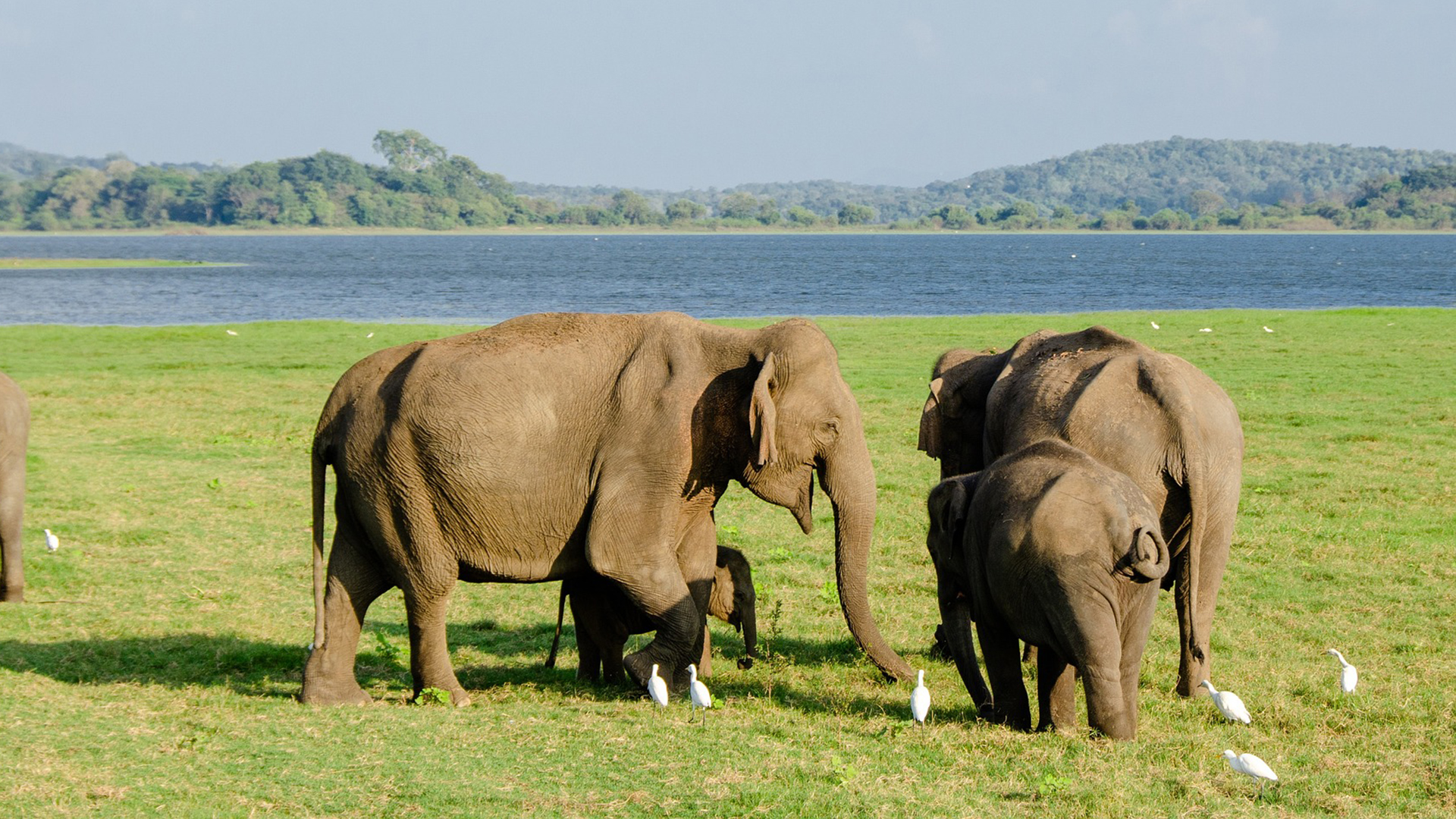
Elephas maximus
The habitats created by Asian elephants also help support numerous species. Before decomposing and delivering essential nutrients to the soil, Asian elephant dung has also been shown to be an important habitat for invertebrates and frogs.
Endangered
~48,000-52,000*, declining; last assessed in 2019
* According to the International Union for the Conservation of Nature (IUCN)
Herbivorous
Woodland habitats, from tropical to deciduous forests
Isolated pockets of India and Southeast Asia
Weight – 2,500-5,500 kg; height – 1.8-3.8 metres tall
Habitat loss, human-elephant conflict, poaching
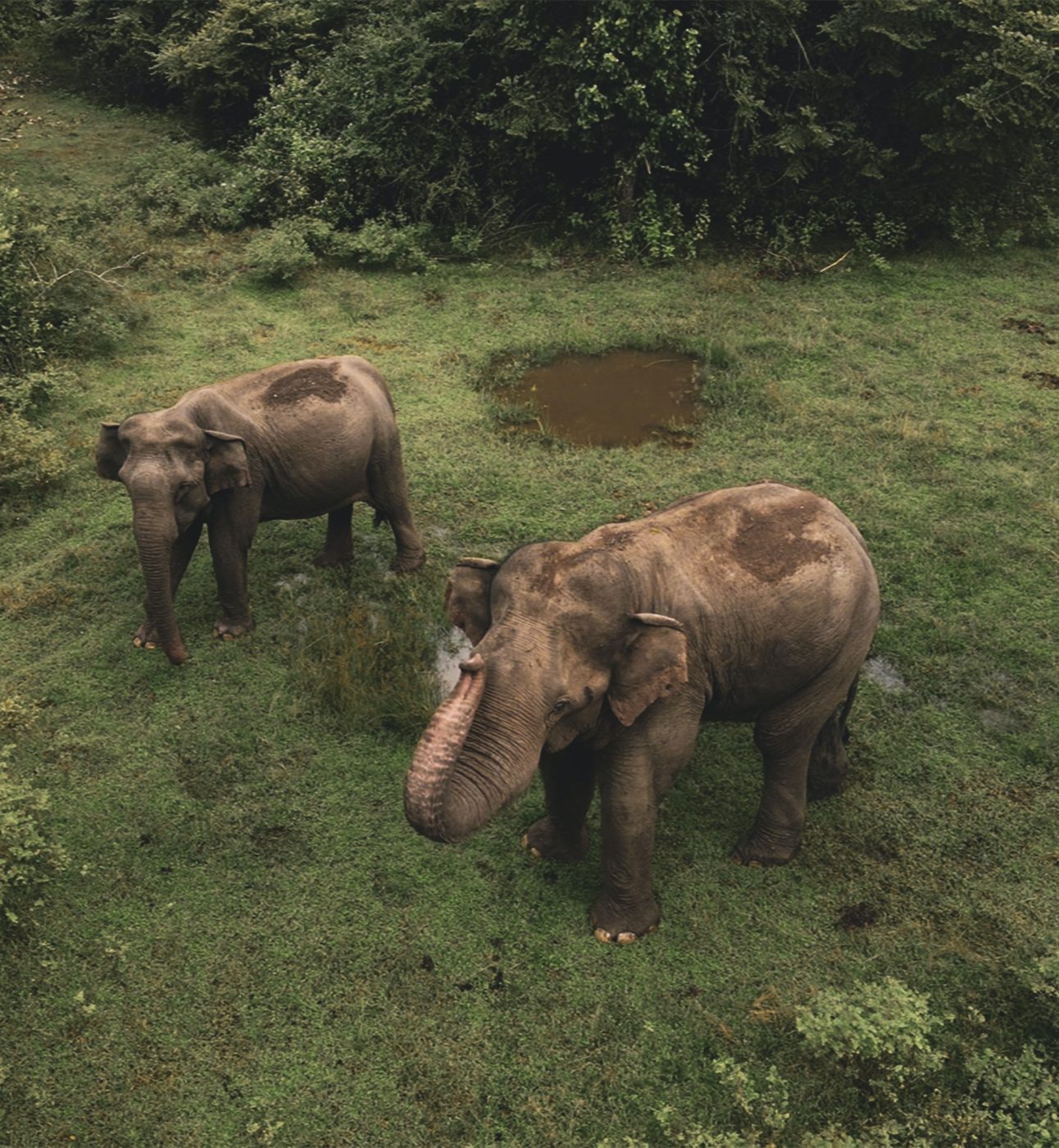
Asian elephants have one more toenail on each foot than African elephants. Five on the front feet and four on the back!
All elephants have a number of distinctive physical characteristics, the first being their versatile trunk, adapted to picking up food, greeting other elephants, drawing water, breathing and producing sound. Asian elephants are smaller than their African cousins, but are still the largest land mammal in Asia.
The ears of the Asian elephant are smaller and more rounded than the African elephant, and, whereas both male and female African elephants can have tusks, only some male Asian elephants have large tusks. Females and some males instead have tushes – short tusks that rarely protrude beyond the lower lip. Male Asian elephants are considerably larger than the female, but they both continue to grow throughout their lives, with the rate slowing down as they get older. Asian elephants are generally more hairy than African elephants.
Asian elephants inhabit deciduous and wet tropical forests and grassland habitats across their range. As such a large mammal, they need around 150kg of plant matter and 100 litres of water a day, meaning large habitats are ranged to find the resources they need. They follow migratory routes to feeding grounds and water and are good swimmers, able to swim between islands to get to different habitats and food.
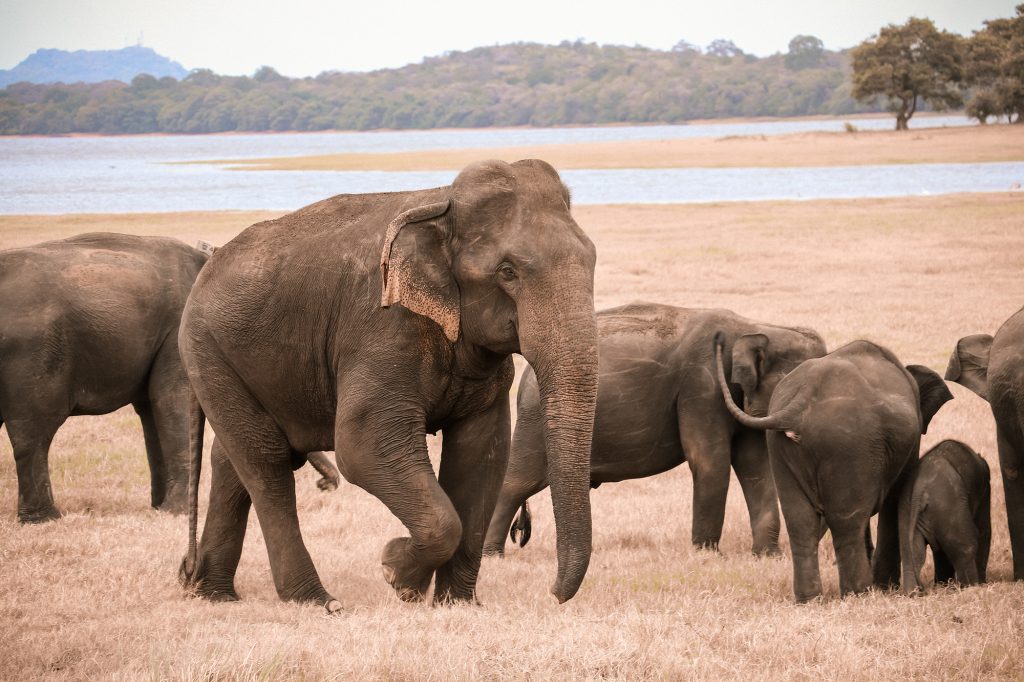
Elephants are highly social animals with extremely complex behaviours. Asian Elephants live in herds, typically of around 8-12 individuals although this number can be much higher, that are presided over by a dominant female, known as the matriarch. The matriarch, using information passed on by her mother, guides and protects the family, which consists of her sisters, daughters, female cousins and calves. The matriarch’s knowledge of the home range and traditional water sources is vital to the herd’s survival.
Asian elephants have several ways of communicating. They have a large repertoire of vocalisations including low frequency rumbles, high pitched calls, trumpeting and snorts. They will also frequently use their trunks to communicate, caressing, twining, rubbing or gently touching each other. Their body position also indicate a lot about their feelings. A scared or apprehensive elephant may sway from side to side or raise their trunk to sniff the air.
Elephants have a 60 – 70 year life span, reaching maturity at 10-15 years. Pregnancy lasts 22 months and at birth the mother is often helped by other experienced females in the group. The newborn calf relies on its mother’s milk for up to four years and is watched over by the entire herd. Calves are very playful, especially with each other as they learn about their environment. Teenage males will leave the herd and become independent, sometimes forming bachelor groups, but being mostly solitary. The females, however, will stay with their herd for life.
Like African elephants, male Asian elephants will go through a period of ‘musth’ which involves a significant rise in the reproductive hormones that causes both physical and behavioural changes. Males may come into musth once or twice a year.
The greatest threat to Asian elephants is dramatic elephant habitat destruction due to encroachment from expanding infrastructure – agricultural land replacing Asian elephant habitat, settlements, roads and railways. According to the latest research, we have lost nearly two thirds of habitat suitable for Asian elephants in the last 300 years.
Significant habitat loss and fragmentation, as well as drought caused by climate change, has pushed people and elephants into shared spaces, where negative interactions such as crop destruction, damage to property and threats to life are common. Angered communities may retaliate by killing elephants. This human-elephant conflict results in the loss of more than 600 people and 450 elephant lives every year, in Asia, which makes finding human-elephant conflict solutions a priority.
Because some males and all females lack tusks, Asian elephant ivory poaching is minor, but the emerging trade of skin and other parts across Asia has driven an increase Asian elephant poaching overall. However, reliable estimate of the number of elephants killed and the quantities of ivory and other body parts traded are scarce.
Asian elephants are taken for the live trade where large numbers of Asian elephants in captivity suffer in zoos, private collections and temples, or are forced to work to entertain tourists or in the timber industry. Zoos and other captive facilities cannot replicate the highly complex social and physical environment that elephants have evolved to live in, and do not offer true Asian elephant conservation.
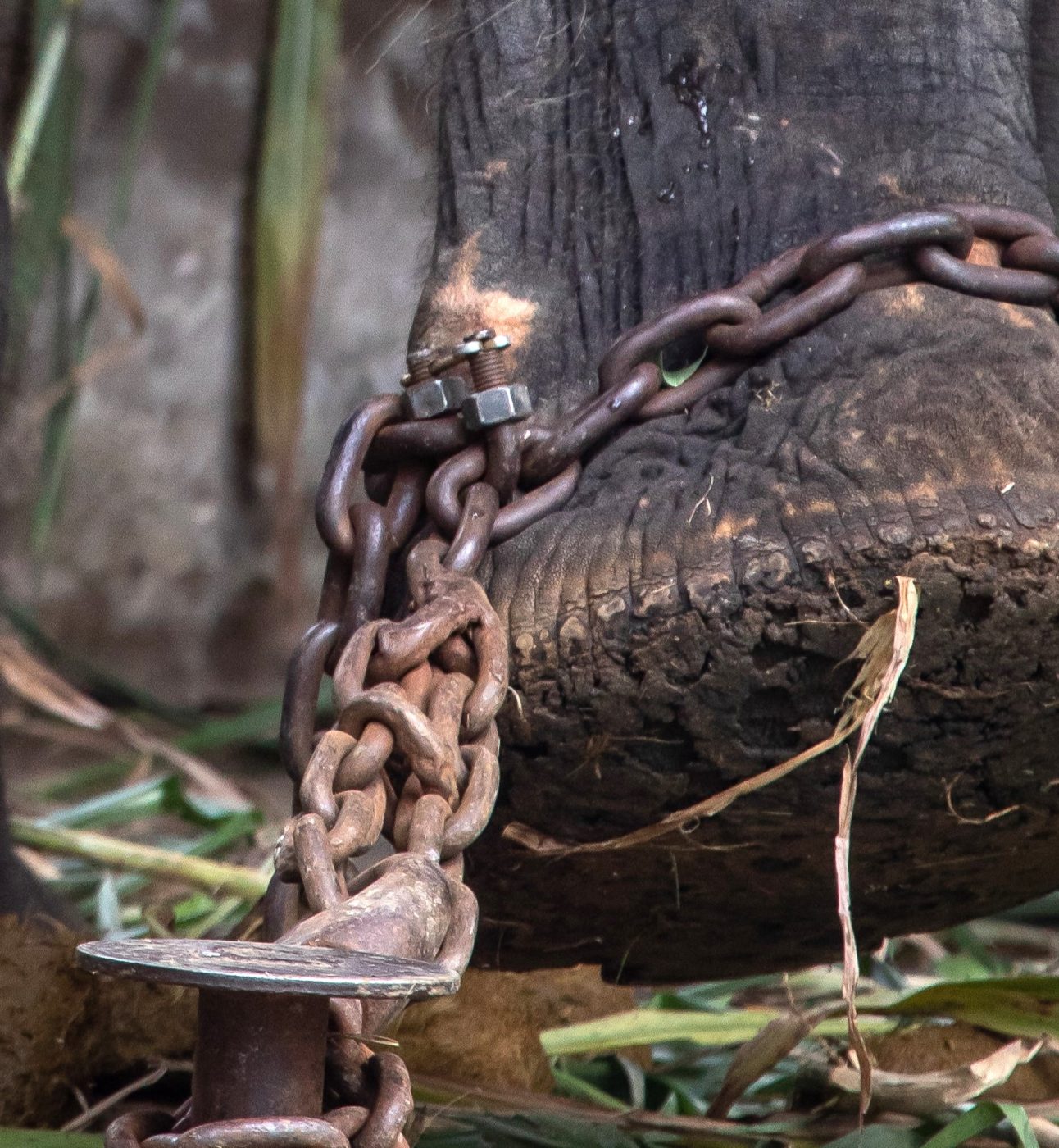
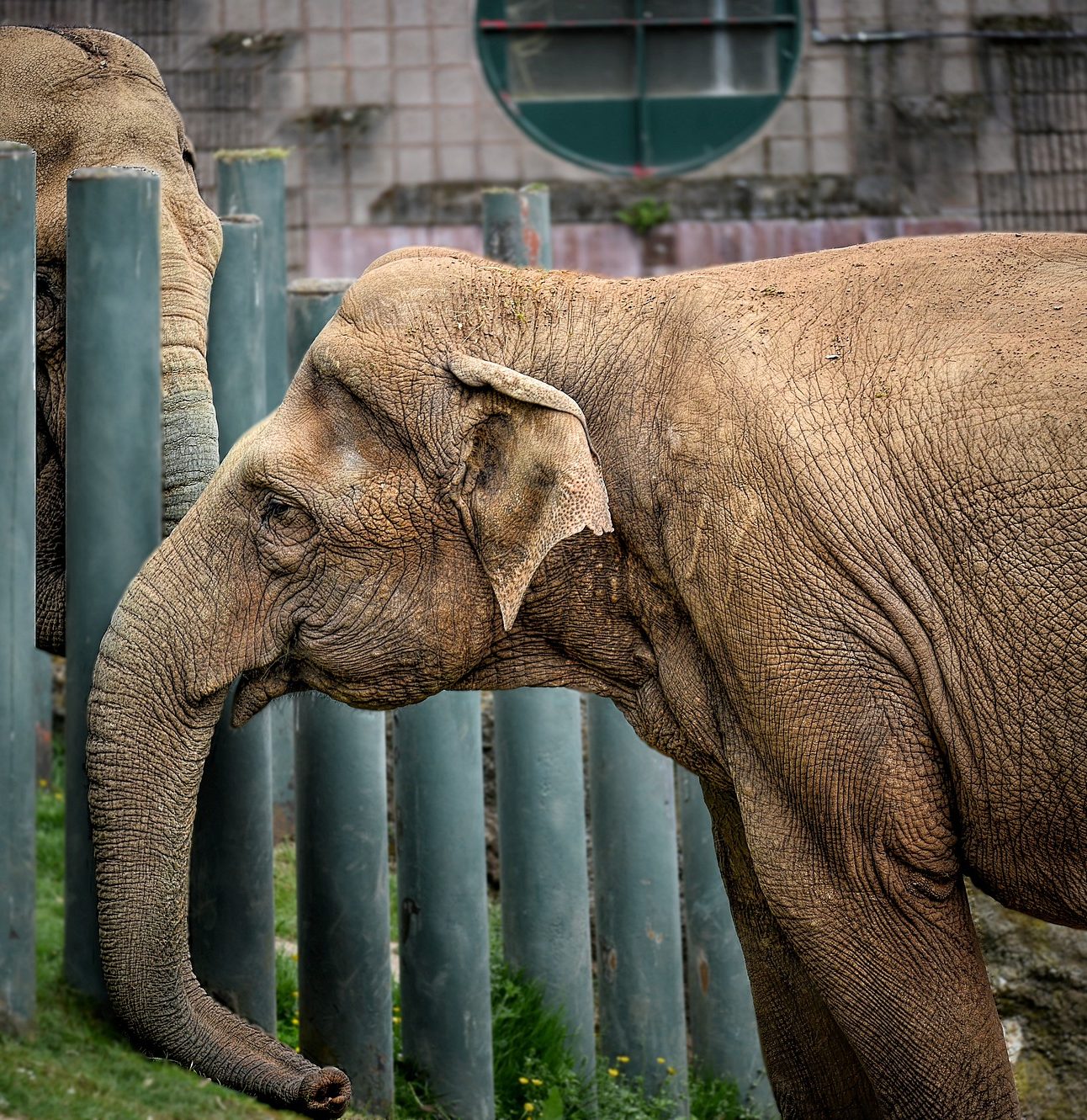
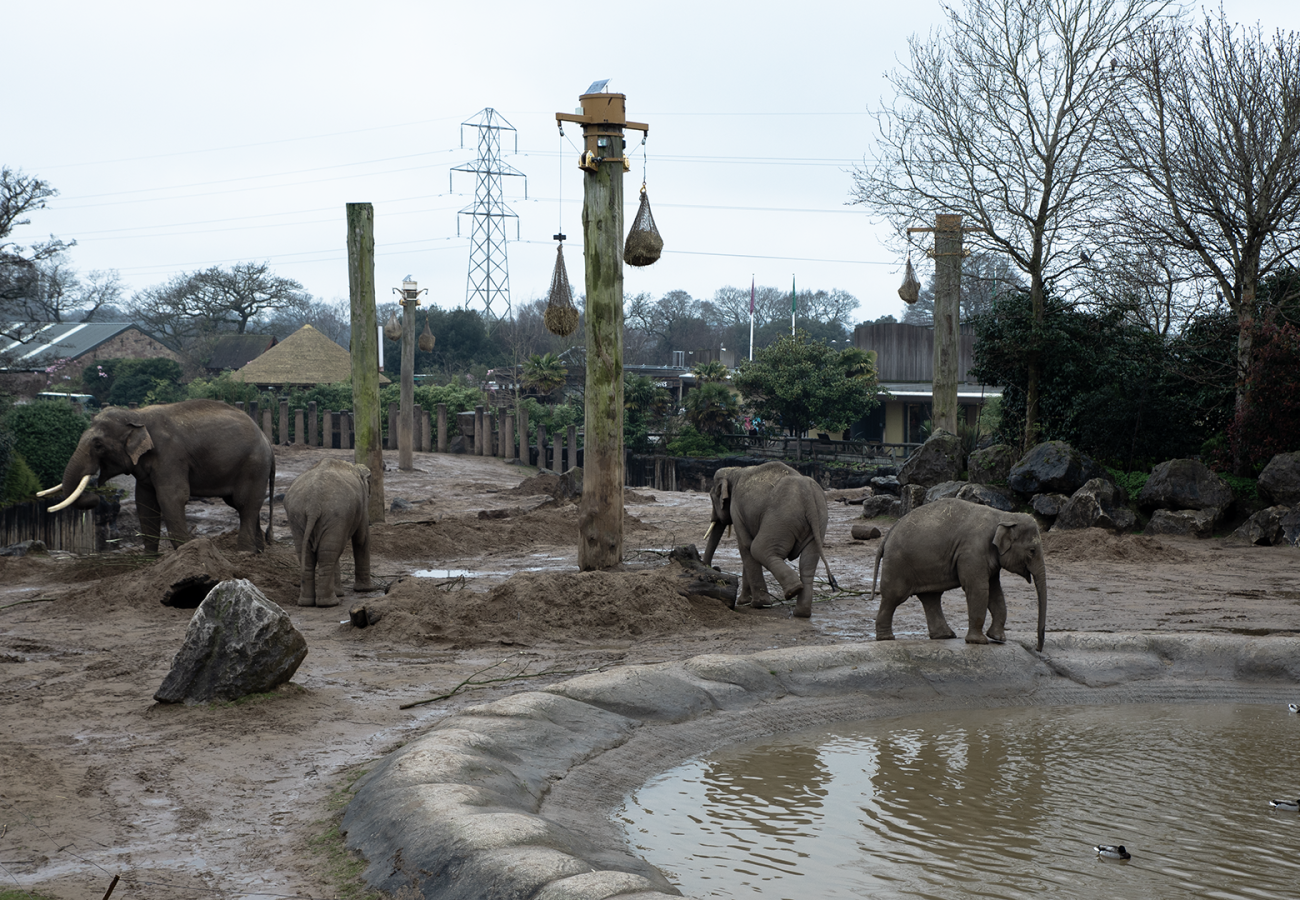
Join our campaign to end the keeping of elephants in zoos in the UK - it's time for an Elephant-Free UK